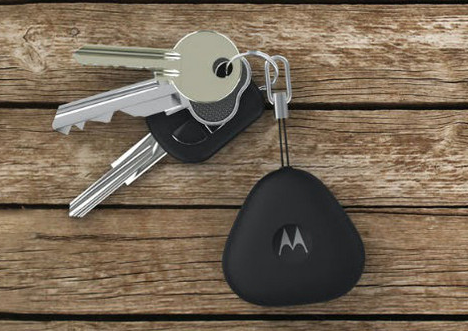
This blog turns 10 later this month. I’m no longer nearly as prolific a writer as I was back then, but I’m still kind of amazed that I’ve kept at it this long. Among other things since then: I got my master’s, moved cities/jobs twice, got married, and had a daughter. Wow.
While all 625 old posts are still available in the archives, I implore you to pretend most of them aren’t there. With the benefit of a decade’s hindsight I just see typos, odd sentence structures, weird choices in my URL structure that still haunt me today, and all-around questionable writing galore.
There’s one exception: I do want to point out the second post I ever wrote, way back on 12/26/04. I titled it simply “Googlezonâ€. While I was a bit late to the party at the time, I pointed out an interesting little movie called EPIC 2014. It forecasted the internet and society of 2014, from the perspective of 2004. It’s about 8 minutes long, and still exists on the web in flash format today (remember, this predates Youtube! Ancient history!).
EPIC posits a 2014 where Google and Amazon merged (after Google bought Tivo), Microsoft bought Friendster, the New York Times has gone print-only, and more.
But buried among these amusing predictions are grains of truth. EPIC’s forecasts of how we generate and consume news aren’t that far off from reality, and it seems to have pretty accurately predicted the rise of Big Data. EPIC is a fun look back at where the web was, and where it might still be going. I’ll check in with you again in 2024.
(side note: While researching this piece, I realized that the Robin Sloan who worked on this short film is the same Robin Sloan who wrote one of the best books I read last year.)

